Even when discarded, many electric vehicle batteries retain more than 50% of their original energy storage capacity. Rather than being discarded or recycled prematurely, these batteries are increasingly being redirected for reuse in energy storage systems (ESSs). This not only helps to address the issue of electricity demand management, but also ensures grid reliability in a society increasingly reliant on digital technologies.
The locomotive of the battery revolution ''Redwood Materials''
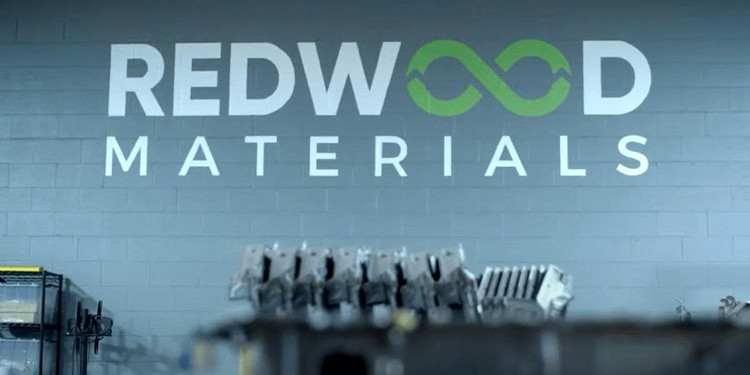
Redwood Materials, a Nevada-based company founded by former Tesla CTO JB Straubel, is a prime example of this trend. Redwood currently processes about 20 gigawatt hours per year, equivalent to more than 250,000 electric vehicles, and handles 90 percent of the lithium-ion battery recycling in North America. Their process involves thorough testing to determine whether the battery should be fully recycled to recover its raw materials or can be modified for a second use as an ESS.
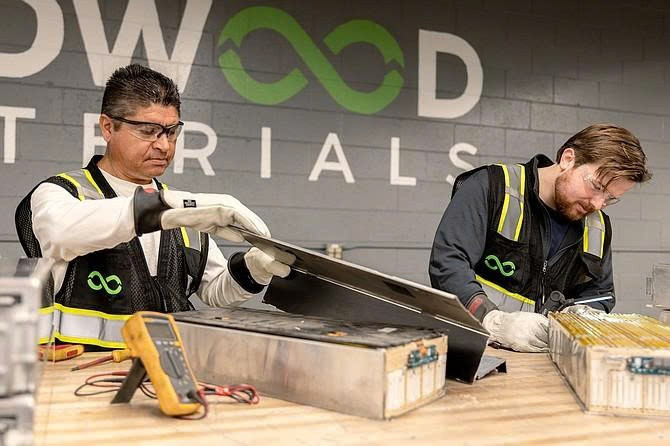
These recycled battery-based energy storage systems are playing a key role in addressing two major issues: grid stability and reducing dependence on fossil fuels. Especially in hard-to-reach areas where renewable energy or electric vehicle charging infrastructure is limited, integrating recycled batteries with solar and wind systems can provide a reliable source of backup energy.
With the rapid development of energy-intensive technologies such as AI and autonomous vehicles, the demand for clean and stable power sources is increasing. The use of recycled batteries in energy storage can serve as an important stepping stone, allowing for energy distribution during peak times or when power outages occur. In addition to saving costs, this solution also contributes to environmental protection, reducing the amount of waste from used electric vehicle batteries.
Recycling and Reusing, Two Important Methods for the Environment
While reuse is gaining traction, recycling still dominates the industry. According to a forecast from IDTechX, the global EV battery recycling market will be worth $52 billion by 2045, while the battery reuse market is estimated to reach $5.2 billion by 2035. However, battery reuse, especially at the cell level, requires a much more complex and expensive process.
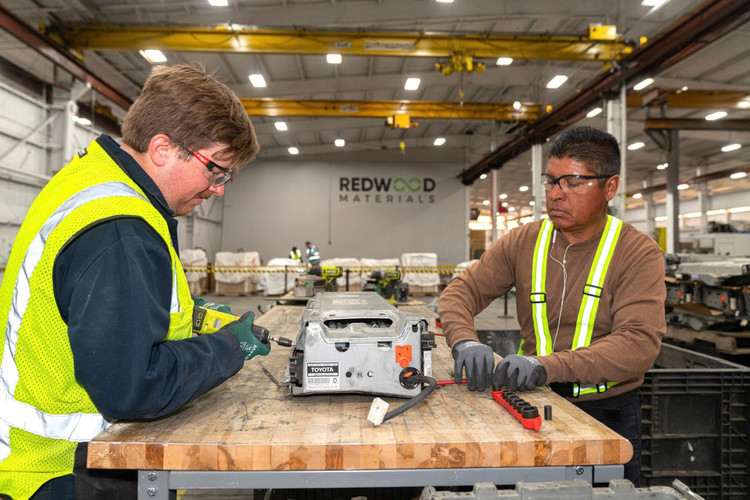
Both of these processes, recycling and reuse, are critical to establishing a circular economy for EV batteries. As global EV sales grow, the volume of used batteries entering the ecosystem will increase exponentially. The efficiency with which these batteries are diverted into the next phase will determine the overall environmental impact of the EV movement.
In this evolving energy paradigm, the second life of batteries is likely to be one of the most valuable, contributing significantly to changing the future of the energy industry and the environment.
Source: https://khoahocdoisong.vn/pin-oto-dien-cu-tai-su-dung-giai-quyet-nhu-cau-nang-luong-post1552058.html

























![[Photo] Gia Lai provincial leaders offer flowers at Uncle Ho's Monument with the ethnic groups of the Central Highlands](https://vphoto.vietnam.vn/thumb/1200x675/vietnam/resource/IMAGE/2025/7/9/196438801da24b3cb6158d0501984818)




























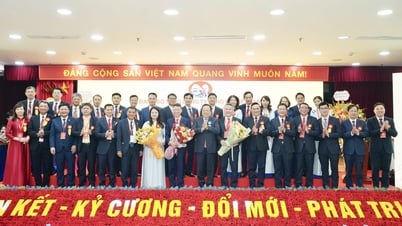



















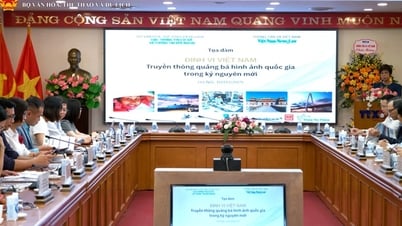
























Comment (0)